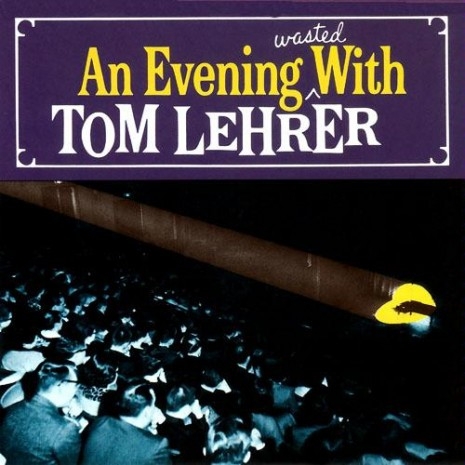
Now here’s a genre you probably have never heard of: songs about uranium prospecting! Wait, really? Sure! Pop has always celebrated the latest and greatest thing, even when the latest and greatest thing is the inexorable power of an atom’s energy to shred the very marrow of your bones.
In December 1945, with Hiroshima and Nagasaki just a few months in the past, Slim Gaillard Quartette [sic] recorded “Atomic Cocktail” for release in early 1946. The song ushered in the age of charming little ditties about mushroom clouds and similarly amusing subjects. The lines “You push a button, turn a dial / Your work is done for miles and miles” have to count as one of the most appallingly insensitive lyrics ever written, given the nuclear devastation in southern Japan in August 1945; it’s difficult to imagine a comparable song about Auschwitz, but who knows? Perhaps there is one. The high point of this very loose genre is probably Dexter Gordon’s 1947 recording of “Bikini,” which, while a charming melody, somehow fails to capture the extensive U.S. nuclear testing on the Pacific island from 1946 to 1958.
In the mid- to late 1950s, intense uranium prospecting was being compared to the original Gold Rush in the 1840s. Wikipedia gives us the assist here: “Intensive exploration for uranium started after the end of World War II as a result of the military and civilian demand for uranium. There were three separate periods of uranium exploration or ‘booms.’ These were from 1956 to 1960, 1967 to 1971, and from 1976 to 1982.” Judging from the welter of songs about uranium that came out in 1955, that first span may be a little late. The Commodores’ “Uranium” and Elton Britt’s “Uranium Fever” both date from that year. Whereas the Commodores sang of “going to the mountains and make a uranium strike,” Elton Britt, in what is almost certainly a unique move in rock history, calls out the “AEC” (Atomic Energy Commission) thus: “Well I had talk with the AEC / And they brought out some maps that looked good to me.” Typical of the genre was Warren Smith’s 1958 “Uranium Rock”: “I got a big Geiger counter, it’s a pretty good rig / When the needle starts clickin’ it’s where I’m gonna dig.”
By the late 1950s and early 1960s, a certain heady cynicism had settled in: the incessant talk of bomb shelters and the terrifying week-plus of the Cuban Missile Crisis in October 1962 almost certainly played a key role in etching a profound taste for gallows humor and black comedy into an entire generation. In Tom Lehrer’s 1959 “We Will All Go Together When We Go” is a pivotal text in the development of this incipient “take” on nuclear annihilation:
Similar songs in that vein included Chris Cerf’s 1961 double-parentheses’d ”(My) Fallout Filly (With The Atomic Kiss)” from the album The Harvard Tabernacle Choir Sings At Leningrad Stadium and (inspired by the movie) 1964’s “Love That Bomb” by the Dr. Strangelove and the Fallouts.
We’ll leave you with the jaw-droppingly clueless “Tic, Tic, Tic,” from Michael Curtiz’s 1949 My Dream Is Yours, a movie that Martin Scorsese has cited as an important early influence on his sensibility. In all other respects this scene appears to be the classic “newcomer impresses at audition” scene that was a staple in so many similar movies from the 1930s to the 1950s, except that here nobody comments on the grisly subject matter.
(Conelrad’s essential Atomic Platters website was indispensable for the writing of this post.)
Previously on Dangerous Minds:
Nuclear Explosions Since 1945
Nuclear Reactor Wall Charts!






